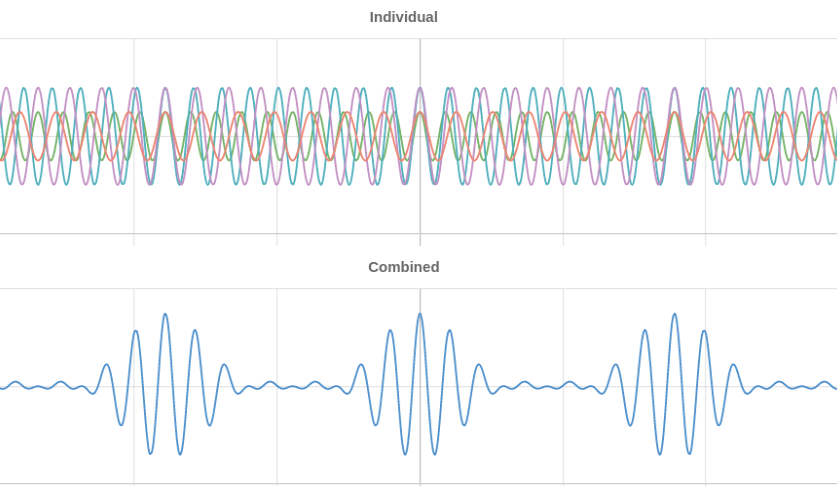Open Optics Module
Explore geometrical optics. (Installation and instructions for use below)
Installation Instructions - Open Optics Module
How To Use The Program - Open Optics Module
Imaging with thin Lenses
Create optical lens setups to illustrate how microscopes, binoculars, and other optical systems work.
- Place a new lens by pressing the lens button in the top left corner
- Drag it around horizontally with the pointer
- Control points (white circles) can be dragged to change lens height and focal point
- A negative lens can be made by dragging the focal point control to the other side of the lens
Simple Optics Module
Experiment with geometrical optics online.
- Place a new optics object by pressing one of the buttons in the top left corner
- Drag objects around with the pointer
- Control points (white circles) can be dragged to change lens height and focal point
- A negative lens can be made by dragging the focal point control to the other side of the lens
Formula Collection
Online formula collection, made with the intention to serve as a comprehensive collection for engineering students at Lund University. Both course specific and by subject.
- Contains formula collections for a wide veriety of subjects
- Unit conversion tool and other interactive pages are inbedded
- Download PDF files of the entire site, secific subject or categories
Oscillation Module
Understand driven damped oscillation, what makes the system stable or unstable?
- Change all relevant parameters and see how it effects the behaviour of the mass.
Polarization Module
Create and combine linearly polarized light.
- Add and remove waves.
- Create circularly polarized light, or other more complex polarization patterns.
Pulsetrain Module
Explore how reasearchers create short light pulses.
Diffraction Module
For learning about diffraction patterns and experimenting with how to match experimental data.
Complex Waves Module
Understand how waves can be represented by the imaginary or real part of complex functions.
Contact
Open Source Project Made At Lund University






